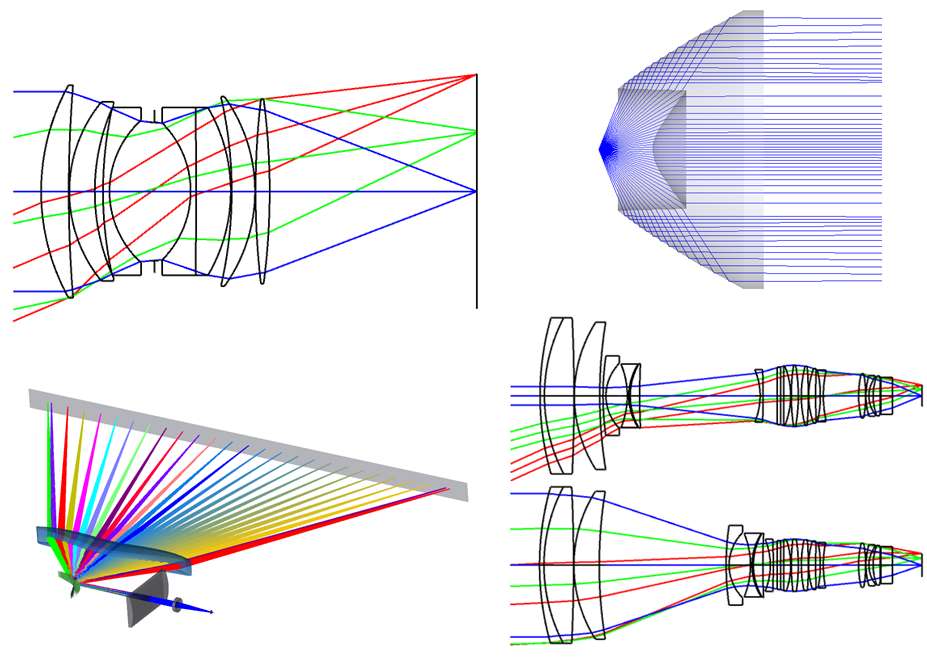Brian Moore
Moderator
One of my favorite cameras. It's the Kodak Brownie Hawkeye Flash model.
Introduced in 1949. Production ended in 1961. Made of Bakelite, the camera was designed to use 620 film.
I read somewhere, I think, that 620 film was an attempt by Kodak to enhance film sales. 620 film is basically 120 on a smaller diameter spool. Kodak designed cameras, such as the Hawkeye Flash you see here, to take only the smaller diameter spools of the 620 film, thus guaranteeing enhanced Kodak film sales. (The Bastards!)
But the Kodak designers erred with the Hawkeye flash. On these cameras you can use 120 film (on a 120 spool) in the delivery side. You only need a 620 spool for take-up. (They may have corrected this error in later production cameras, but I have 5 of them and all can use 120 film.)
I took this picture with my scanner.

Introduced in 1949. Production ended in 1961. Made of Bakelite, the camera was designed to use 620 film.
I read somewhere, I think, that 620 film was an attempt by Kodak to enhance film sales. 620 film is basically 120 on a smaller diameter spool. Kodak designed cameras, such as the Hawkeye Flash you see here, to take only the smaller diameter spools of the 620 film, thus guaranteeing enhanced Kodak film sales. (The Bastards!)
But the Kodak designers erred with the Hawkeye flash. On these cameras you can use 120 film (on a 120 spool) in the delivery side. You only need a 620 spool for take-up. (They may have corrected this error in later production cameras, but I have 5 of them and all can use 120 film.)
I took this picture with my scanner.




